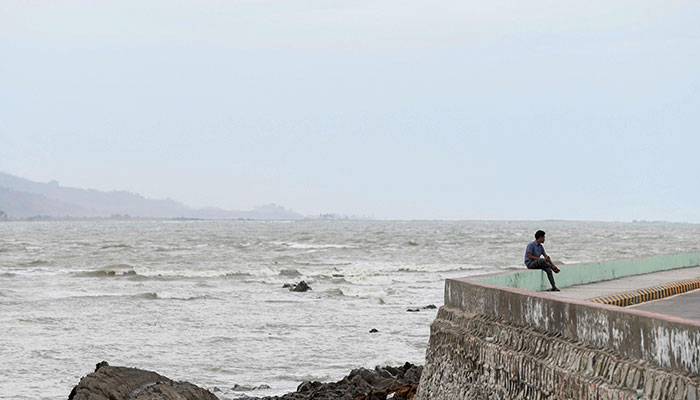
Tropical cyclones, known as hurricanes or typhoons, are nature’s most destructive weather phenomena, capable of causing widespread devastation and loss of life. As Cyclone Mocha approaches Myanmar and Bangladesh, it is essential to grasp the fundamentals of tropical cyclones and the associated perilous storm surges. This article presents key insights into these dangerous forces of nature and examines their potential consequences.
Tropical cyclones:
Originating over warm tropical waters, tropical cyclones are intense low-pressure systems characterized by powerful winds near their centre. These winds can extend for hundreds of kilometres, leading to heavy rainfall, flooding, and extensive damage to property and infrastructure.
Storm surges:
When tropical cyclones make landfall, they give rise to destructive storm surges. A storm surge refers to the abrupt rise in sea level caused by the cyclone’s forceful winds. This surge of water can surpass normal tide levels by several meters, resulting in devastating coastal flooding and significant coastal erosion.
Factors influencing storm surges:
Several factors contribute to the severity of storm surges, including the intensity and size of the cyclone, its forward speed, and the coastal topography. Features such as bays and estuaries can amplify the surge’s impact. Understanding these factors is crucial for accurate prediction and effective evacuation measures.
Vulnerable coastal regions:
Bangladesh, a low-lying delta country, is highly vulnerable to tropical cyclones due to its coastal geography, dense population, and exposure to the Bay of Bengal. The region experiences a regular cyclone season from April to December, resulting in substantial casualties and infrastructure damage. Efforts such as improved evacuation procedures and the construction of coastal shelters have been implemented to minimize the impact on vulnerable communities.
Climate change implications:
Climate change contributes to the intensification of tropical cyclones and the associated storm surges. Rising sea surface temperatures and higher sea levels due to global warming enhance the destructive potential of these storms. It is crucial to address climate change and reduce greenhouse gas emissions to mitigate the risks posed by these extreme weather events.
Tropical cyclones and their accompanying storm surges pose severe threats to coastal areas, including Myanmar and Bangladesh as Cyclone Mocha approaches. Understanding the characteristics and impacts of these phenomena is essential for effective disaster preparedness and response. Emphasizing climate change mitigation and investing in resilient infrastructure can help safeguard vulnerable communities from the destructive forces of tropical cyclones and storm surges.

